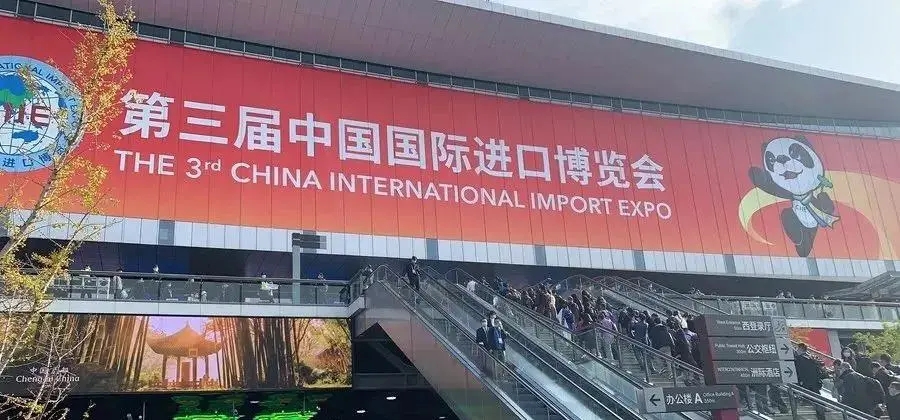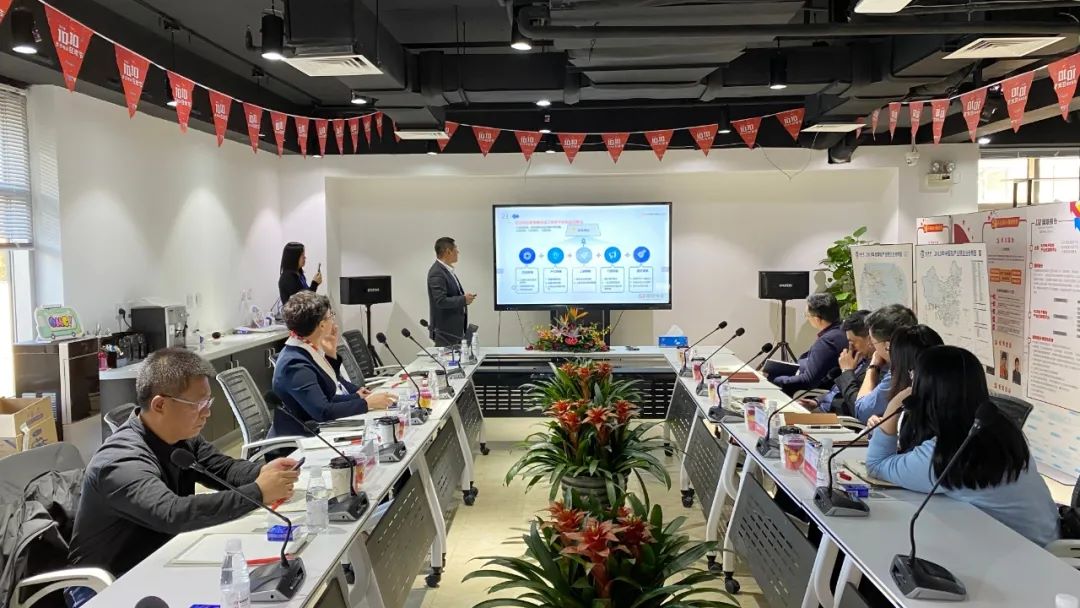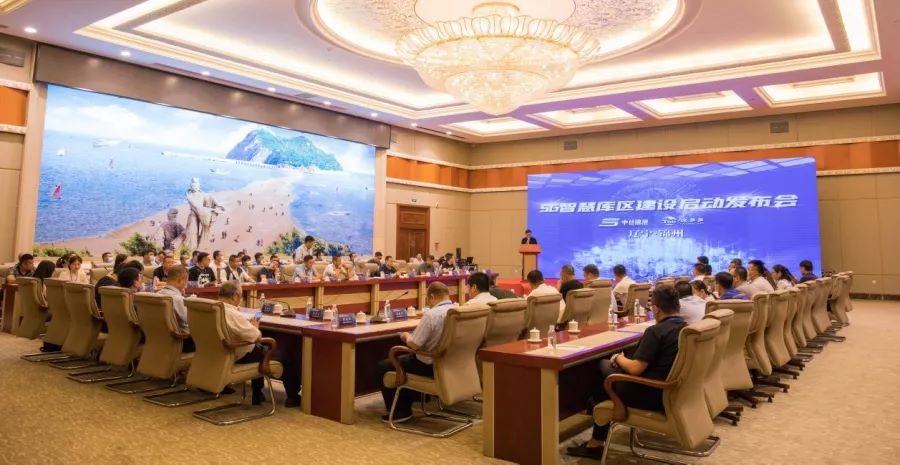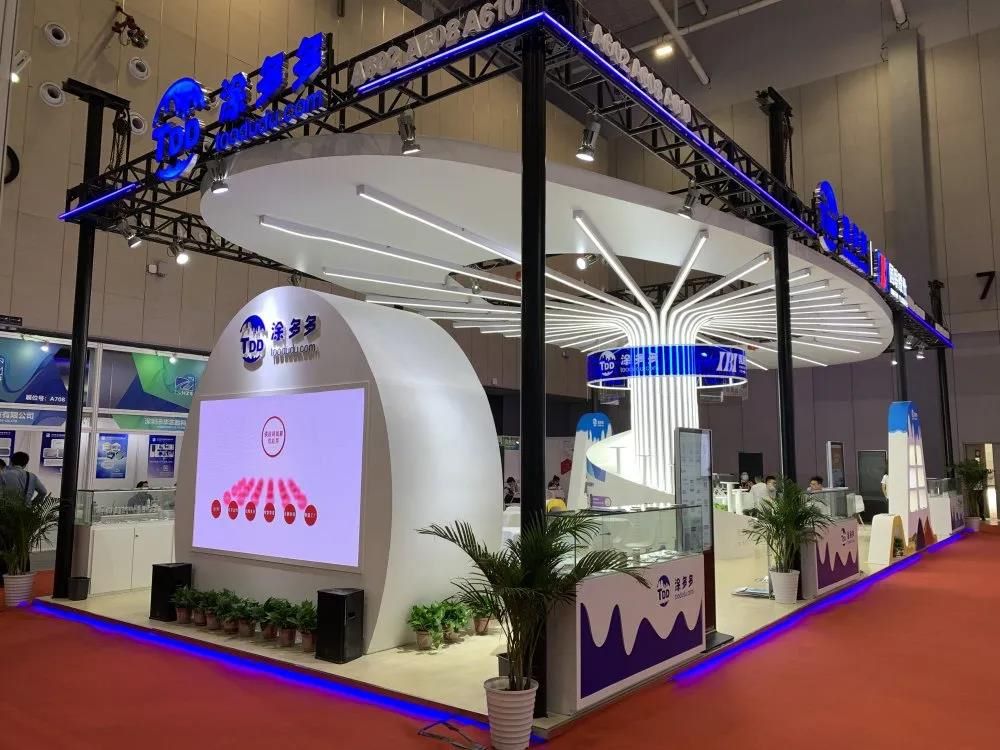Tire Firms' Tough Q1 Start
As of May 15, 2025, most tire companies around the world have disclosed their first quarter performance reports. Judging from the overall data and market feedback, most tire companies have not had the ideal start, and the industry development faces many challenges.
In Asia, tire companies are generally showing a trend of increasing revenue and decreasing profits. Take Kumho Tire as an example. Its revenue in the first quarter of 2025 was 1206.2 billion won (equivalent to RMB 6.02 billion), a year-on-year increase of 15.5%, and it has exceeded 1 trillion won for 6 consecutive quarters.
It seems that the revenue growth situation is good. However, in-depth analysis of profit data shows that its profit reached 132.3 billion won (equivalent to RMB 660 million), a year-on-year increase of 25.3%, but this growth was achieved through strategies such as increasing the proportion of high-end products and large-size tire sales.
If these factors are excluded, the erosion of profits by cost pressure cannot be underestimated. Looking at Qingdao Doublestar, the first quarter report of 2025 shows that the company achieved operating income of 1.135 billion yuan, a year-on-year decrease of -3.89%; net profit of -104,307,903.27 yuan, a year-on-year decrease of -382.86%, and a sales gross profit margin of only 2.07%. The poor operating conditions, the situation of increased revenue and reduced profits or even losses are not unique among Asian tire companies.
Tire companies in Europe and the United States are also having a hard time, and sales continue to be impacted. Data released by the European Tire and Rubber Manufacturers Association showed that in the first quarter of 2025, European truck and passenger car tire shipments fell 4% year-on-year to 2.695 million, and agricultural tire shipments fell 4% year-on-year to 203,000.
Although the European tire market has recovered to a certain extent in the field of consumer tires, such as passenger car tire sales increased by 3% year-on-year to 58.727 million, changes in the overall market structure have caused European and American tire companies to face the dilemma of declining sales in areas such as commercial vehicle tires.
In the US market, the tariff policy for China and Southeast Asian countries was officially implemented on May 3, 2025, imposing a 25% tariff on imported passenger car and light truck tires. This will undoubtedly have an impact on the supply chain of European and American companies that set up factories in Southeast Asia or export tires to the United States, thereby affecting their sales and market share.
The reason is that the sluggish car sales are the primary factor. The uncertainty of global economic growth has reduced consumers' willingness to buy cars, and the reduction in new car sales has directly led to weak demand in the original tire market. From the supporting market data, in the first quarter of 2025, the supporting volume of all-steel tires was affected by the production of commercial vehicles and showed a downward trend.
Zhuochuang Information estimates that the cumulative production of commercial vehicles in the first quarter of 2025 will still decline to a certain extent compared with the same period last year. Driven by this, the supporting volume of all-steel tires will also decrease. In the field of passenger cars, although there are policy stimulus in some regions, the overall market growth is weak. Although the supporting demand for semi-steel tires has increased, the increase is limited.
Exchange rate fluctuations also bring great pressure to tire companies. The raw material procurement and product sales of tire companies often involve multiple countries and regions.
The instability of exchange rates makes it difficult for companies to calculate costs and set prices. For example, when the local currency appreciates, the cost of imported raw materials denominated in the local currency seems to be reduced, but the export price of products denominated in foreign currencies is relatively higher, which weakens the price competitiveness of products in the international market, thereby affecting sales and profits.
If the currency depreciates, the cost of imported raw materials will rise, compressing the profit margin of the company. Many Asian tire companies have a large number of business layouts in overseas markets, and the impact of exchange rate fluctuations on them is more significant.
Continued high costs are also a thorny problem facing the industry. The prices of the main raw materials for tire production, such as natural rubber, synthetic rubber, and carbon black, fluctuate frequently and are generally high. On the one hand, factors such as abnormal climate and unstable political situation in the main rubber producing areas of the world affect the production of natural rubber, resulting in reduced supply and rising prices.
On the other hand, fluctuations in crude oil prices directly affect the production costs of synthetic rubber and carbon black, because synthetic rubber uses petroleum as raw material, and carbon black production is also closely related to petroleum products. In addition, labor costs and transportation costs have also continued to rise due to factors such as inflation, making the total cost of tire companies high and their profits severely squeezed.
Under the high inflation rate, the tire market share is also undergoing a reshaping. Consumers are more cautious in their consumption behavior and more sensitive to prices in a high inflation environment. This has enabled some low- and mid-end tire brands to gain a certain share of growth in the market by virtue of their price advantages, while the market share of high-end brands has been impacted to a certain extent.
At the same time, market competition has become increasingly fierce. In order to compete for a limited market share, companies have to adopt price cuts and promotions, further compressing their profit margins. Under the dual squeeze of cost pressure and market competition, some small and medium-sized tire companies have fallen into difficulties and even faced the risk of bankruptcy.











